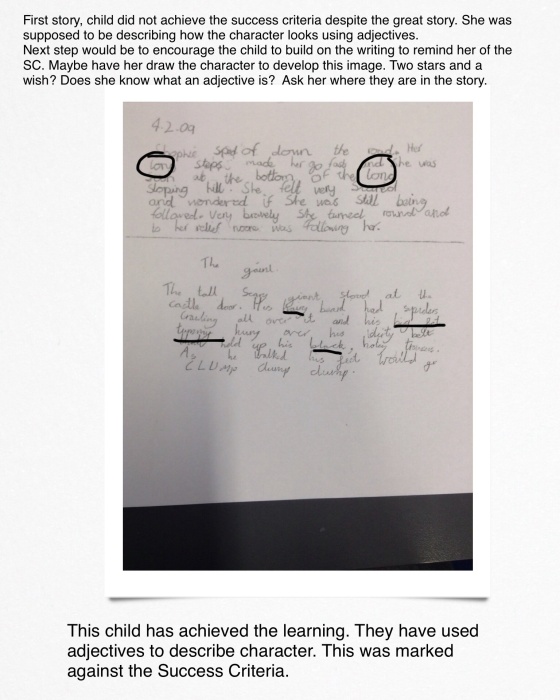Street art includes a variety of media and techniques, such as traditional spray-painted tags, stickers, stencils, posters, photocopies, murals, paper cut-outs, mosaics, street installations, performances, and video projections. At is heart it represents the desire of humans to leave traces of their existence in a public arena. Street art deals with many tough issues facing the world and allows artists such as Bansky to exhibit their work in a much wider arena than traditional art forms. Street art can engage pupils in critical dialogue about art and set a platform for them to explore the issues it raises.
Street art in the classroom
Take this picture: (or in fact any picture of street art from around the world or even your local town)

Use this picture to discuss street art and its legality, including issues of vandalism and political art.
- What do you see in this picture?
- What is the owl doing?
- What is the blue stuff?
- Is this work…




